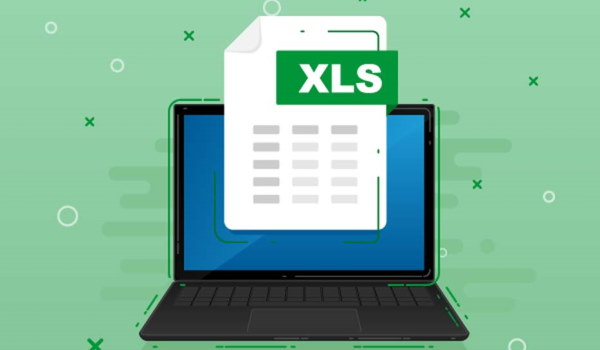K2’s Excel Essentials for Staff Accountants
Computer Software and Applications
8 CPE Credits

Major Topics
- Best practices for creating and working with Excel workbooks
- Effectively using Excel functions when creating formulas
- The importance of PivotTables in modern reporting environments
- Best practices for formatting your workbooks
Learning Objectives
- List five critical best practices associated with creating workbooks and constructing workbooks that comply with these principles
- Utilize PivotTables and PivotCharts to quickly summarize and present data without generating formulas
- Build sophisticated formulas to assist with reporting and analysis, including those that use functions such as VLOOKUP, XLOOKUP, SUMIFS, CHOOSE, XNPV, XIRR, PMT, IPMT, ACCRINT, and TRIM
- Create Tables from ranges of Excel data and identify the primary advantages of working with Tables
- Apply formats quickly and efficiently to Excel reports and understand the importance of features such as the Accounting format, Accounting Underlines, Precision as Displayed, Center Across Selection, and Flash Fill
- Work with date-oriented data in Excel and create calculations – such as those involving depreciation expense and interest accruals – involving the passage of time
Description
Staff accountants have specific needs when working with Excel. Unfortunately, their existing Excel knowledge often does not meet these needs. Chief among these are summarizing data quickly and accurately, generating accurate and aesthetically pleasing reports, and creating accounting-centric calculations for elements such as depreciation, amortization, and interest. By participating in this eight-hour session, staff accountants will gain the essential skills to maximize efficiency and accuracy when working with Excel.
This session begins with a quick overview of Excel best practices. It then progresses rapidly into discussions that address PivotTables, sophisticated formulas, Tables, formatting, and working with dates in Excel. Throughout the session, you will learn from accounting-centric examples to reinforce key learning points. In this session, you will learn in a “laptop-friendly” environment, and participants will have access to all the demonstration files. In sum, this seminar is a “must” for all staff accountants seeking to improve their efficiency and accuracy when working with Excel.
Compliance Information
Overview
Staff accountants have specific needs when working with Excel. Unfortunately, their existing Excel knowledge often does not meet these needs. Chief among these are summarizing data quickly and accurately, generating accurate and aesthetically pleasing reports, and creating accounting-centric calculations for elements such as depreciation, amortization, and interest. By participating in this eight-hour session, staff accountants will gain the essential skills to maximize efficiency and accuracy when working with Excel.
This session begins with a quick overview of Excel best practices. It then progresses rapidly into discussions that address PivotTables, sophisticated formulas, Tables, formatting, and working with dates in Excel. Throughout the session, you will learn from accounting-centric examples to reinforce key learning points. In this session, you will learn in a “laptop-friendly” environment, and participants will have access to all the demonstration files. In sum, this seminar is a “must” for all staff accountants seeking to improve their efficiency and accuracy when working with Excel.
Course Details
- Best practices for creating and working with Excel workbooks
- Effectively using Excel functions when creating formulas
- The importance of PivotTables in modern reporting environments
- Best practices for formatting your workbooks
- List five critical best practices associated with creating workbooks and constructing workbooks that comply with these principles
- Utilize PivotTables and PivotCharts to quickly summarize and present data without generating formulas
- Build sophisticated formulas to assist with reporting and analysis, including those that use functions such as VLOOKUP, XLOOKUP, SUMIFS, CHOOSE, XNPV, XIRR, PMT, IPMT, ACCRINT, and TRIM
- Create Tables from ranges of Excel data and identify the primary advantages of working with Tables
- Apply formats quickly and efficiently to Excel reports and understand the importance of features such as the Accounting format, Accounting Underlines, Precision as Displayed, Center Across Selection, and Flash Fill
- Work with date-oriented data in Excel and create calculations – such as those involving depreciation expense and interest accruals – involving the passage of time
Intended Audience — Accounting and financial professionals who want to use the power of Excel in common business situations to summarize and analyze data
Advanced Preparation — None
Field of Study — Computer Software and Applications
Credits — 8 Credits
IRS Program Number –
Published Date – November 2, 2022
Revision Date –